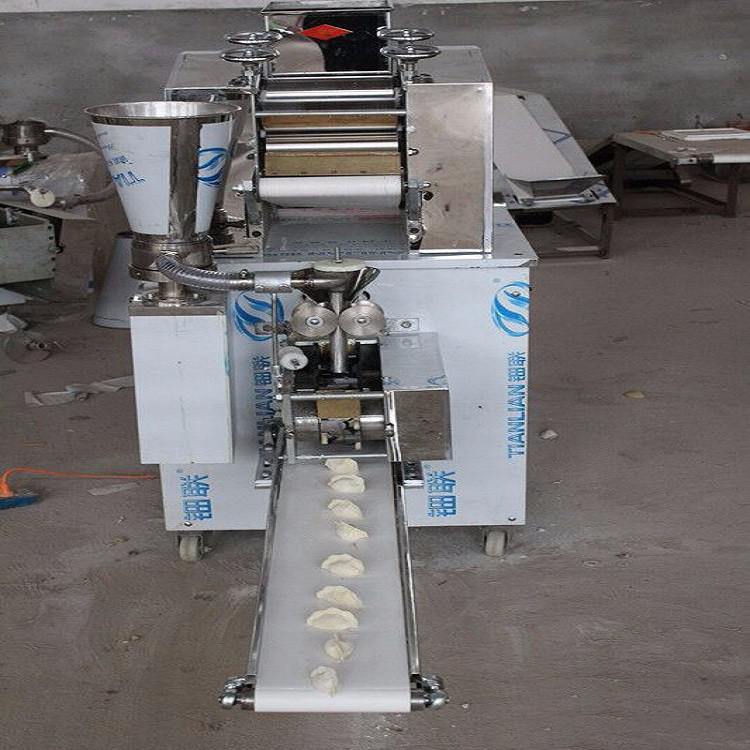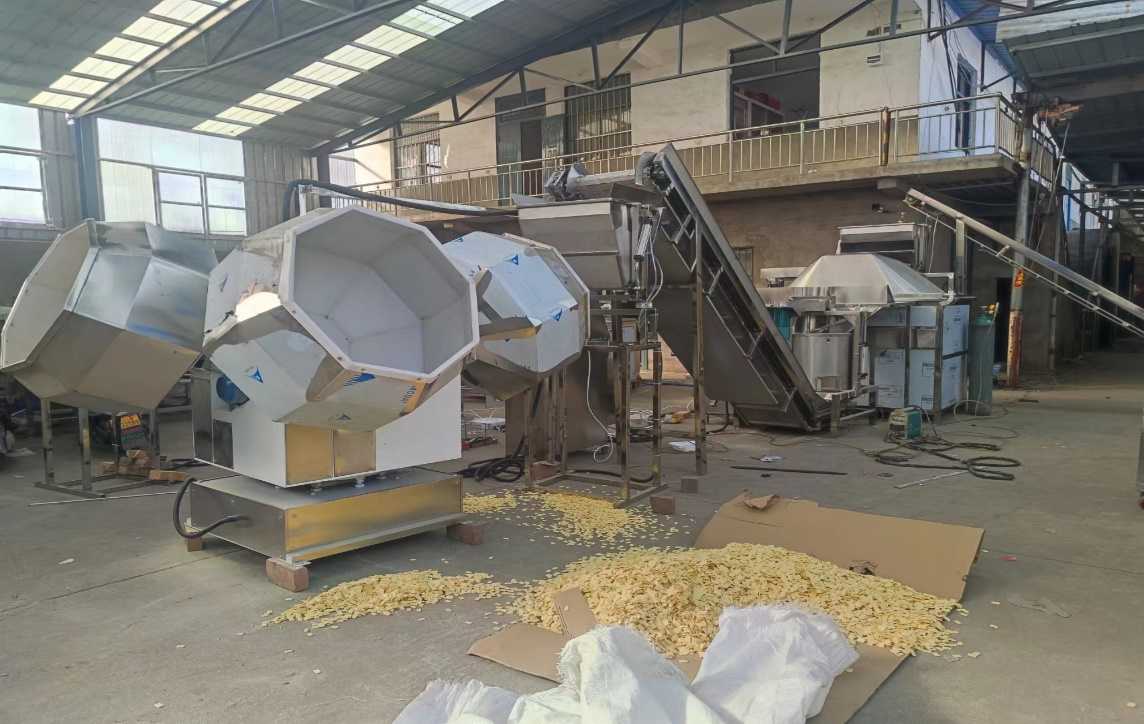Application of Frequency Converter in the Food Industry
With the rapid development of China's economy, our pace of life is also accelerating. As a result, food machinery has seen rapid development. Therefore, automatic food processing equipment has a significant market in today's scenario. Traditional mechanical speed regulation has added a lot of costs, while also consuming a considerable amount of kinetic energy, increasing mechanical noise and vibration. In contrast, frequency conversion speed regulation has the advantages of fast speed regulation, wide speed regulation range, and strong compatibility.
Dumpling Machine:

Now, all you need to do is put the well-kneaded dough into the dough compartment of the machine and pour the prepared filling into the filling compartment. After starting the device, the pressure roller will go through several rolling processes to roll the dough to the required thickness. The spiral in the filling bucket rotates to feed the filling to the forming wheel, which then shapes the filling through wheel compression.
For convenience, this device has the function of individual speed adjustment and simultaneous speed adjustment. At this point, the convenience of operating the frequency converter on this device becomes apparent.
Mixing Bucket:
I believe everyone has had snacks such as crispy rice or spicy strips. Different manufacturers have different production processes, and the requirements for mixing time and speed are also different. In order to meet customer requirements, equipment manufacturers will also install the frequency converter. The 500 has the characteristics of low speed and high torque, perfectly solving the problem of being unable to start due to excessive material weight. It also has various protection functions such as overload, overcurrent, and phase loss protection. While meeting customer requirements, it protects and extends the life of the motor.
For some simple controls, the internal PLC program is directly called, saving cabinet space and maintenance costs.

 Quanzhou Ausenist Technology Co., Ltd
Quanzhou Ausenist Technology Co., Ltd